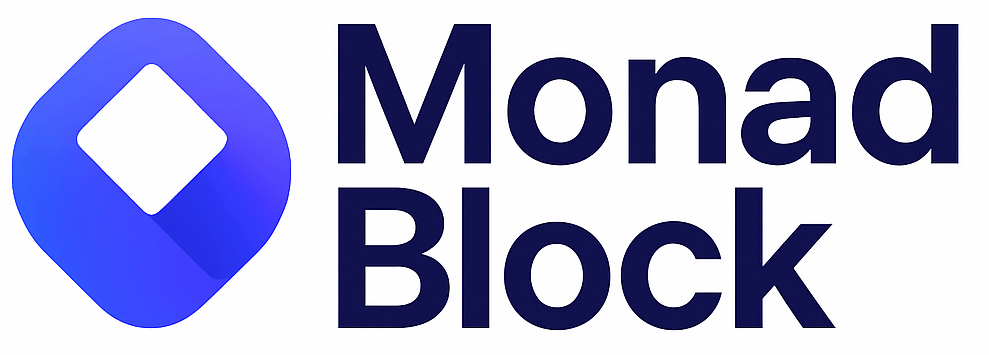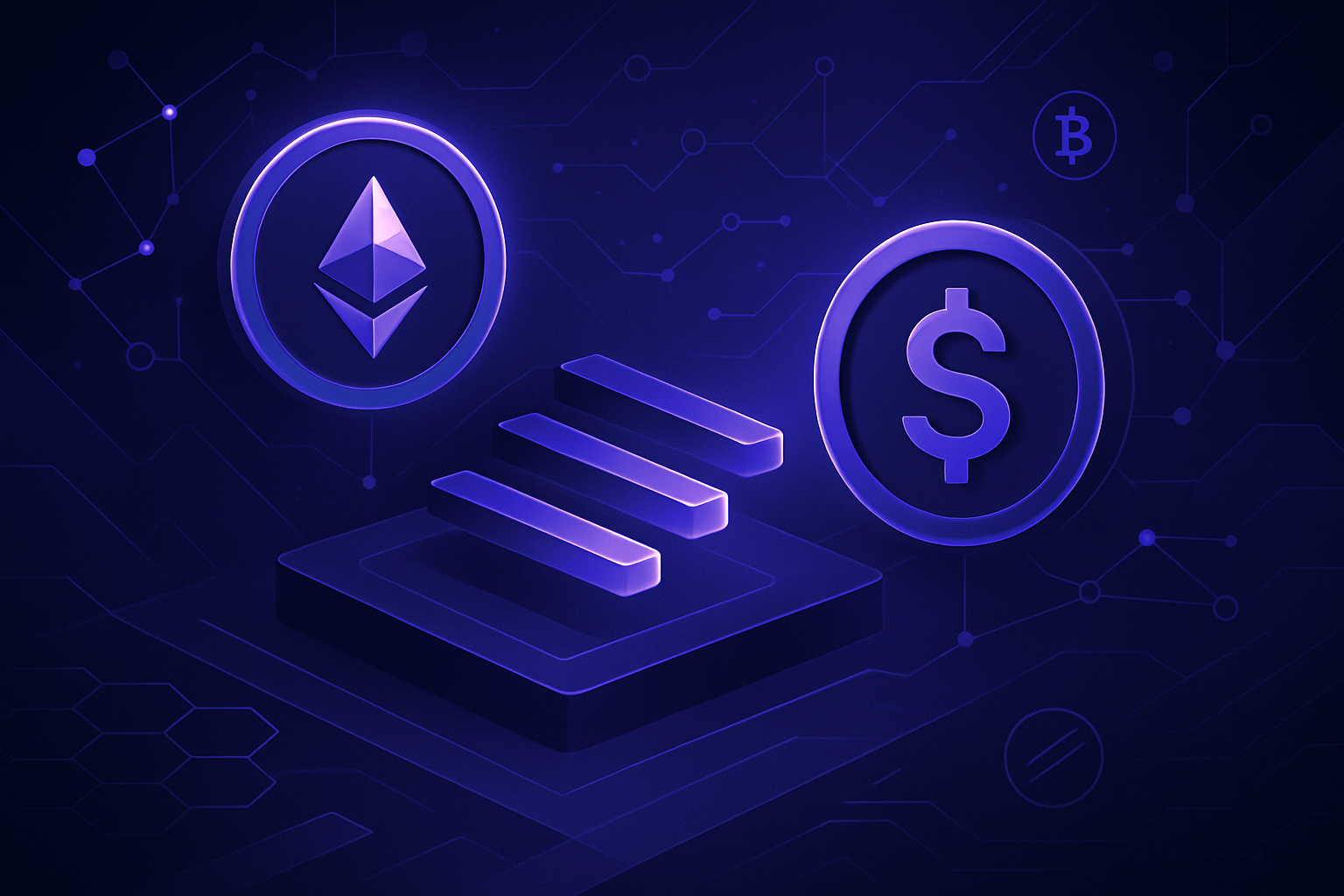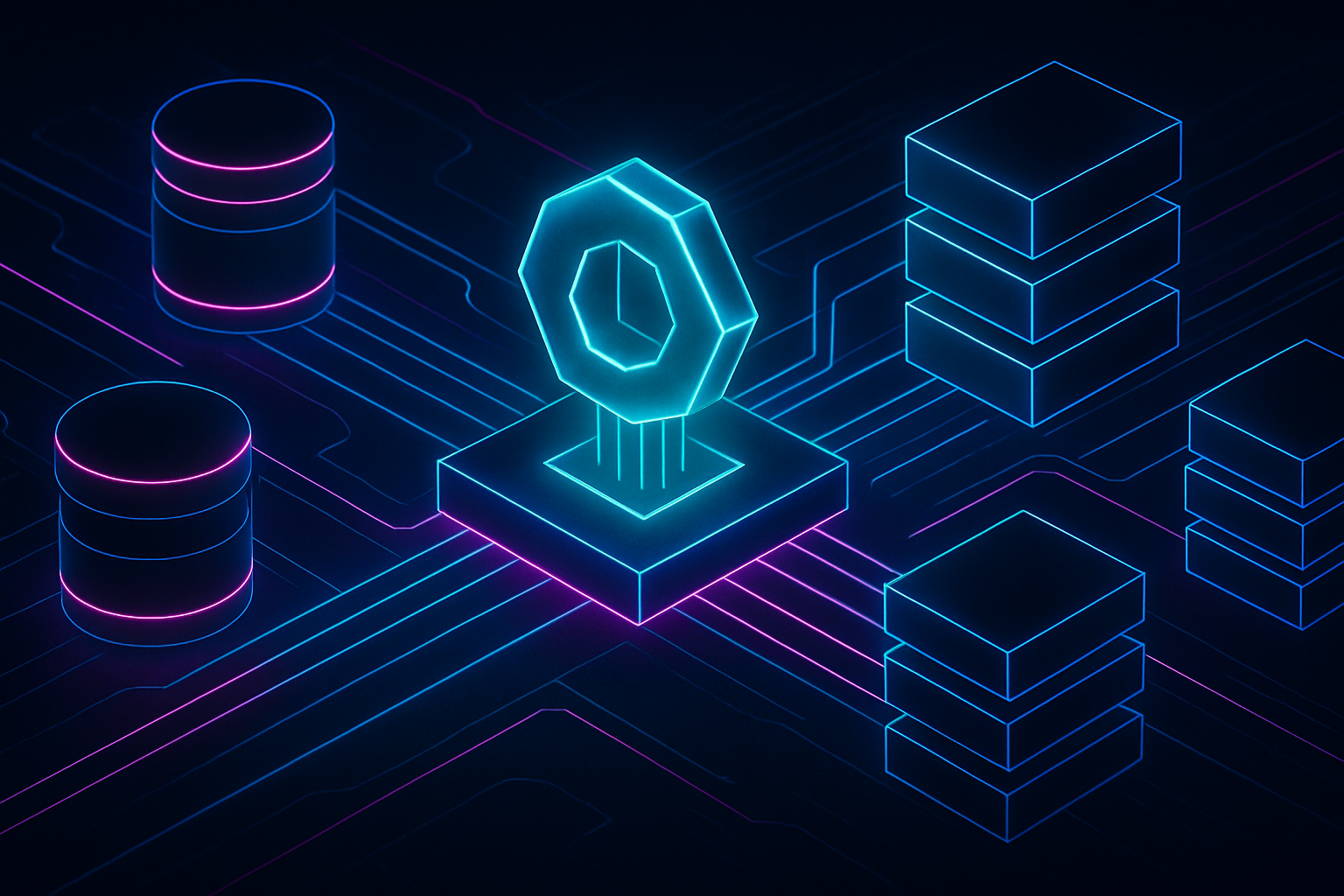
In the relentless race for blockchain performance, Monad EVM parallelization stands out as a true game-changer. As Ethereum-compatible blockchains struggle to balance speed, scalability, and security, Monad tears through old bottlenecks with a fresh approach to transaction processing. If you’re building or trading on-chain, understanding how Monad achieves its industry-leading throughput is essential for staying ahead in the evolving Web3 landscape.
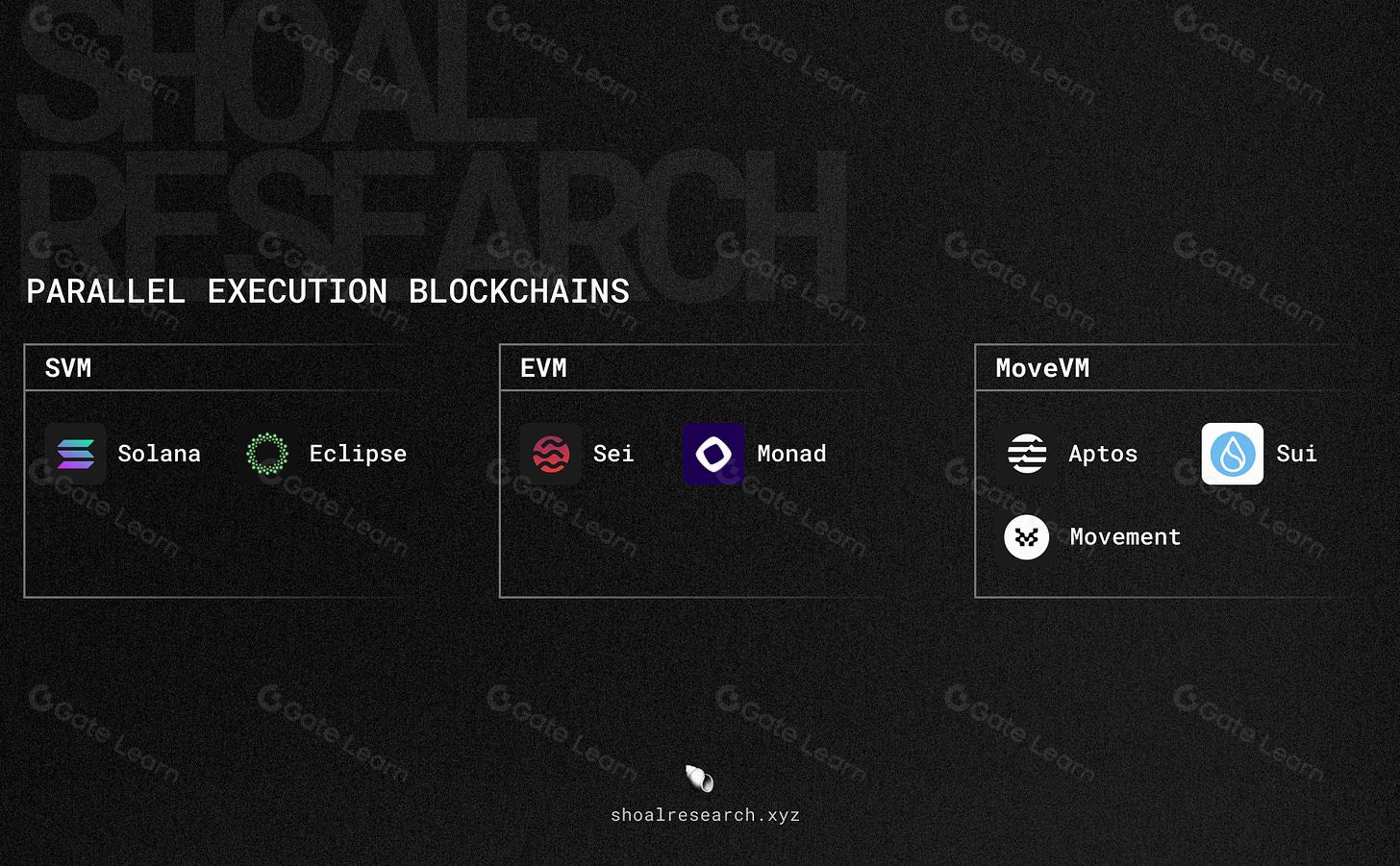
Why Traditional EVMs Hit a Wall
The original Ethereum Virtual Machine (EVM) was built for reliability and decentralization, but not for the demands of today’s high-frequency dApps. Classic EVMs process transactions sequentially – one after another – which means that every transaction waits its turn in line. This single-threaded model works well at low volume but quickly becomes a choke point as network activity surges.
The result? Congestion, slow confirmation times, and exorbitant gas fees during peak periods. For developers dreaming of scalable DeFi protocols or real-time games, these limitations are more than frustrating – they’re existential threats to innovation.
Monad’s Breakthrough: Parallel Transaction Execution
Monad flips the script by introducing parallel execution, allowing non-conflicting transactions to be processed simultaneously. The protocol analyzes each transaction before execution to determine if it interacts with different smart contracts or accounts. If so, they’re grouped and run in parallel threads. This approach isn’t just clever – it’s transformative.
Monad’s Breakthrough Innovations for High EVM Throughput
-
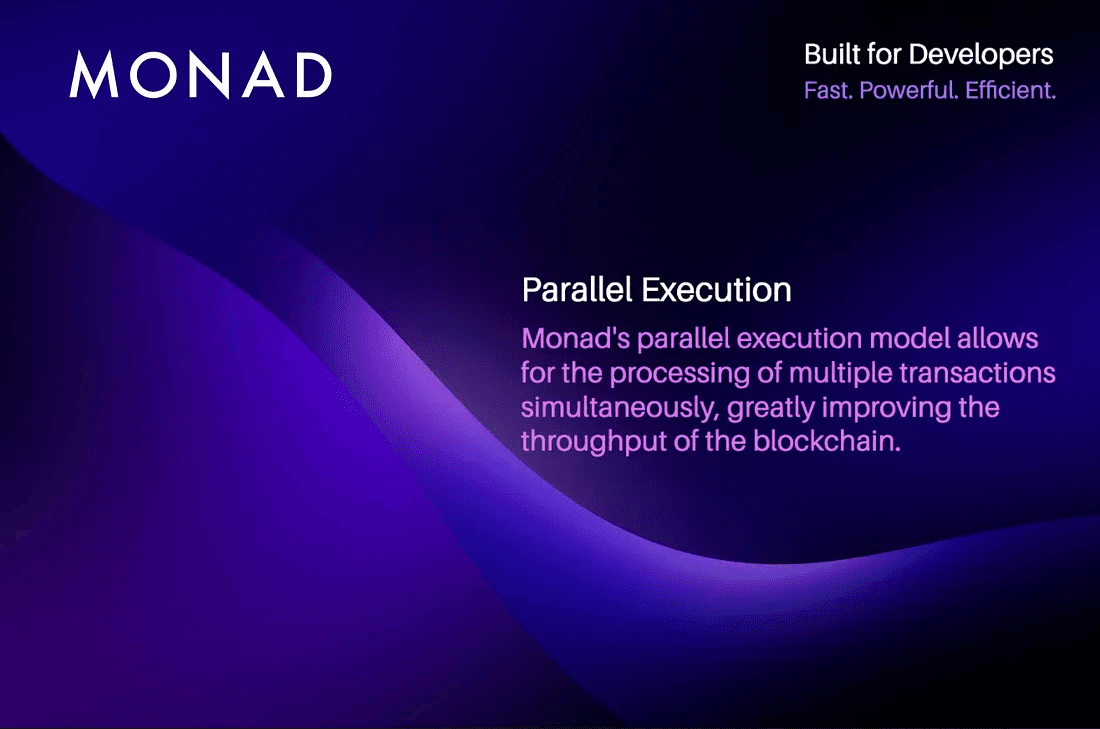
Parallel Transaction Execution: Monad analyzes transaction dependencies and executes non-conflicting transactions simultaneously, dramatically boosting throughput compared to traditional sequential EVMs.
-
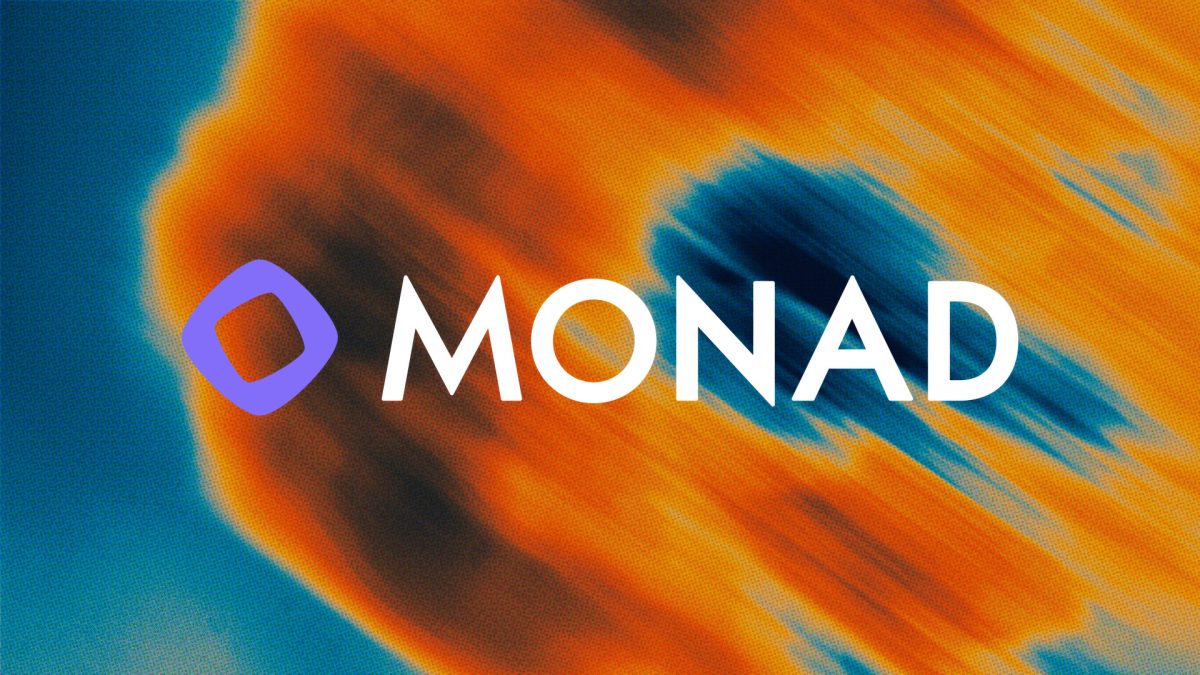
Deferred Execution Architecture: By separating consensus from execution, Monad allows nodes to quickly agree on transaction order before processing, enabling faster consensus and higher transaction volumes.
-
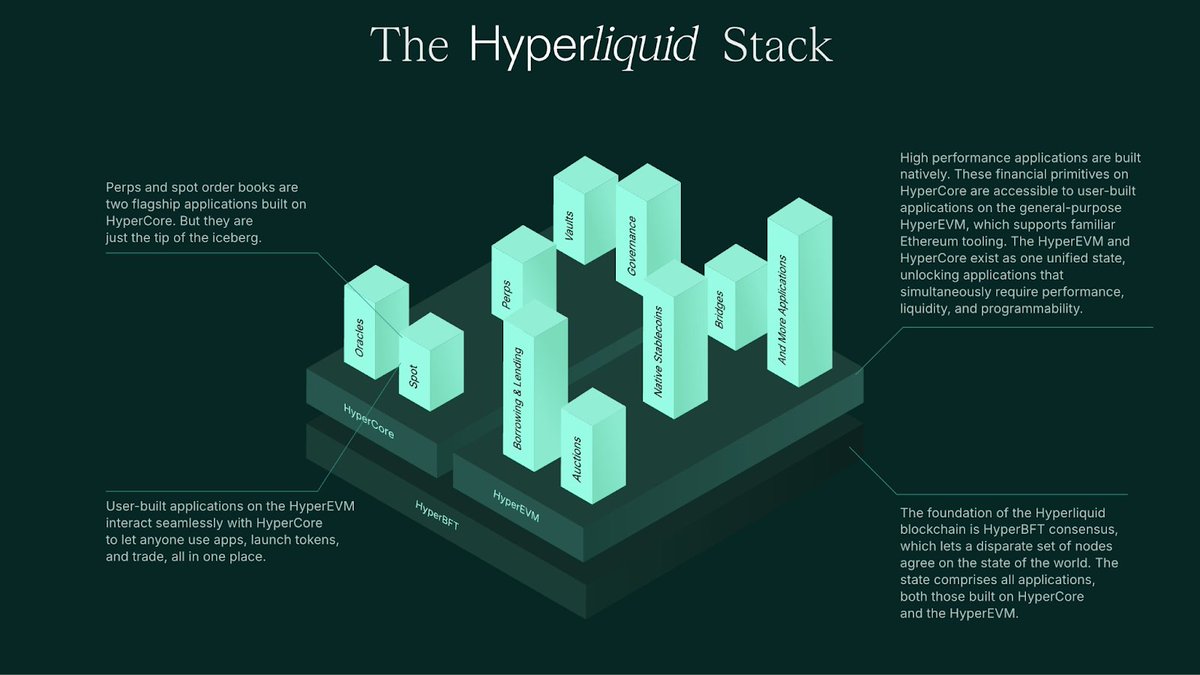
MonadBFT Consensus Mechanism: Inspired by HotStuff, MonadBFT reduces communication rounds for consensus, delivering rapid block finalization and robust security for the network.
-
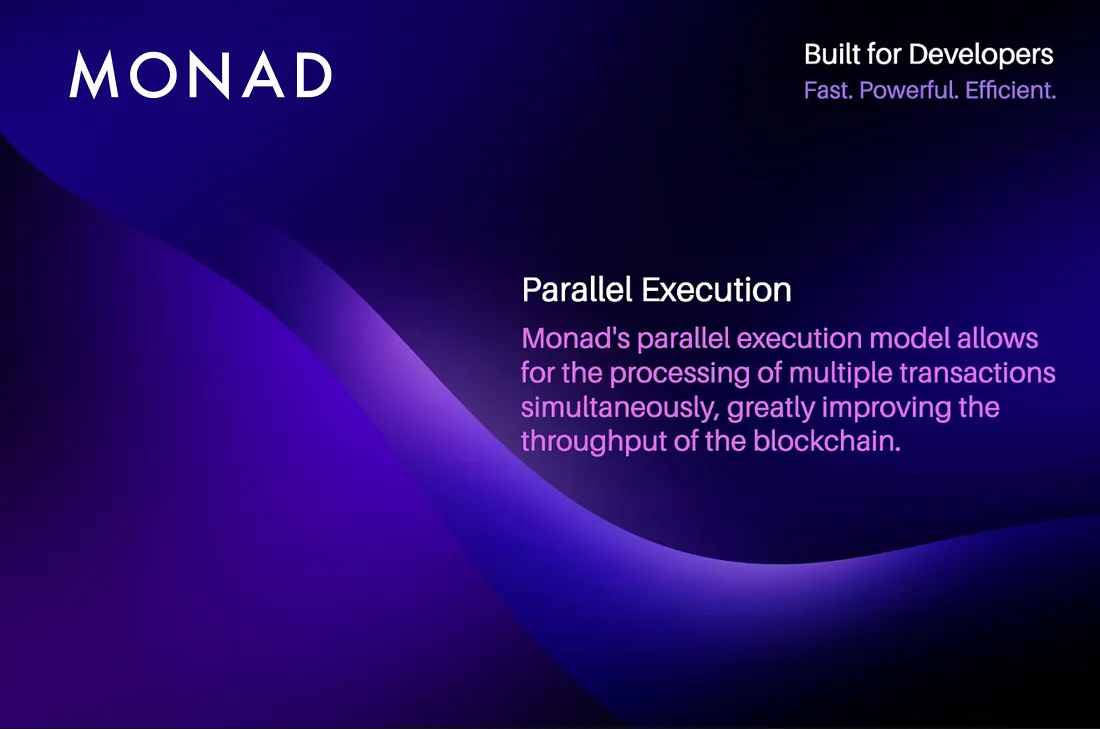
MonadDB Storage System: MonadDB is a custom database optimized for SSDs and asynchronous disk operations, supporting parallel reads and writes to eliminate I/O bottlenecks and accelerate transaction processing.
This means that two users swapping tokens on separate DEXes can have their transactions confirmed side by side, rather than waiting in line behind each other. The impact is dramatic: Monad consistently delivers up to 10,000 transactions per second (TPS) with 1-second block finality, making it one of the fastest Ethereum-compatible blockchains available today.
The Power Behind the Speed: Deferred Execution and MonadBFT
But parallelization alone isn’t enough. Monad separates consensus from execution using a process called deferred execution. Validators first agree on the order of transactions without executing them immediately. Once consensus is reached via MonadBFT – a Byzantine Fault Tolerant mechanism inspired by HotStuff, nodes execute transactions in parallel based on their dependencies.
This architecture slashes consensus time and unlocks higher throughput without sacrificing security or decentralization. By decoupling ordering from execution, Monad sidesteps many inefficiencies plaguing legacy chains and positions itself as a premium choice for scalable dApp infrastructure.
Pushing Blockchain Transaction Throughput Further With MonadDB
The final piece of the puzzle is storage speed. Parallel execution creates massive I/O demands that traditional databases can’t handle efficiently. That’s why Monad developed MonadDB: a custom database system optimized for modern SSDs and asynchronous disk operations.
This allows multiple transactions to read and write state changes at once without running into bottlenecks, further boosting throughput while maintaining full Ethereum compatibility.
For developers and enterprises, this means the infrastructure finally matches their ambitions. Real-time trading platforms, high-frequency NFT drops, and complex DeFi protocols can all operate with minimal latency and predictable costs. Monad’s parallelization is not just a technical milestone, it’s a paradigm shift for what’s possible on an Ethereum-compatible blockchain.
Let’s break down the practical impact of Monad’s innovations on the broader blockchain landscape:
How Monad EVM Parallelization Transforms dApp Development
-
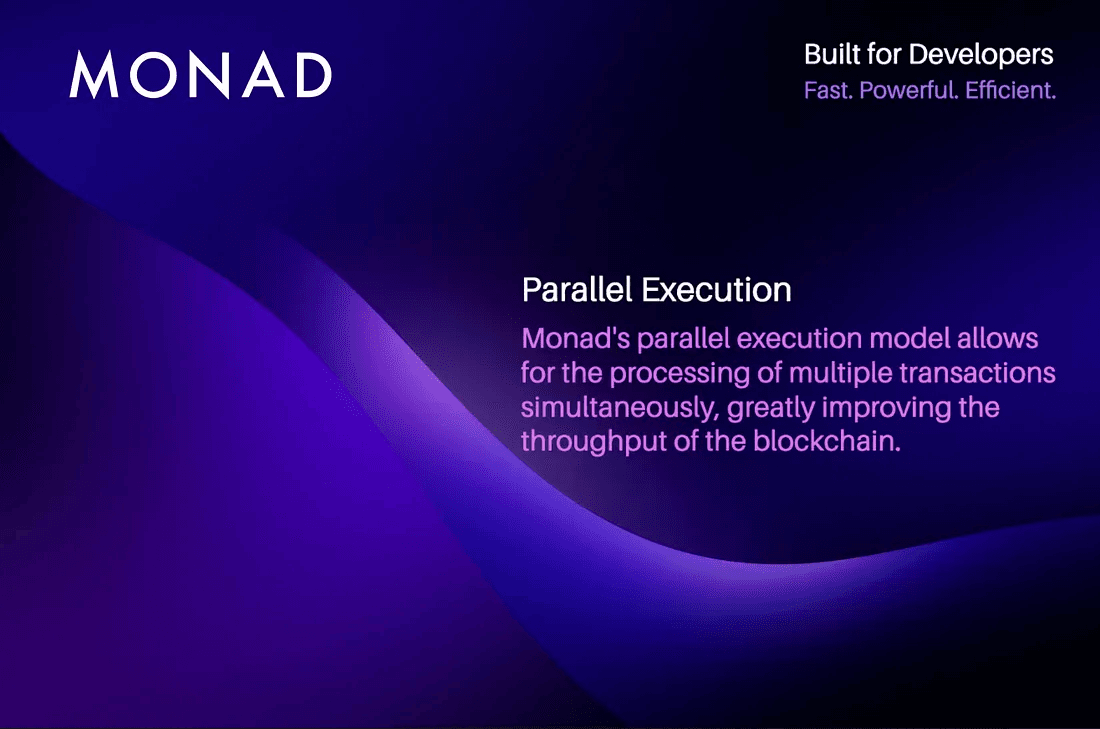
Unleashes True Scalability for dApps: Monad’s parallel execution engine enables up to 10,000 transactions per second with 1-second block finality, empowering developers to build high-traffic decentralized applications without bottlenecks.
-
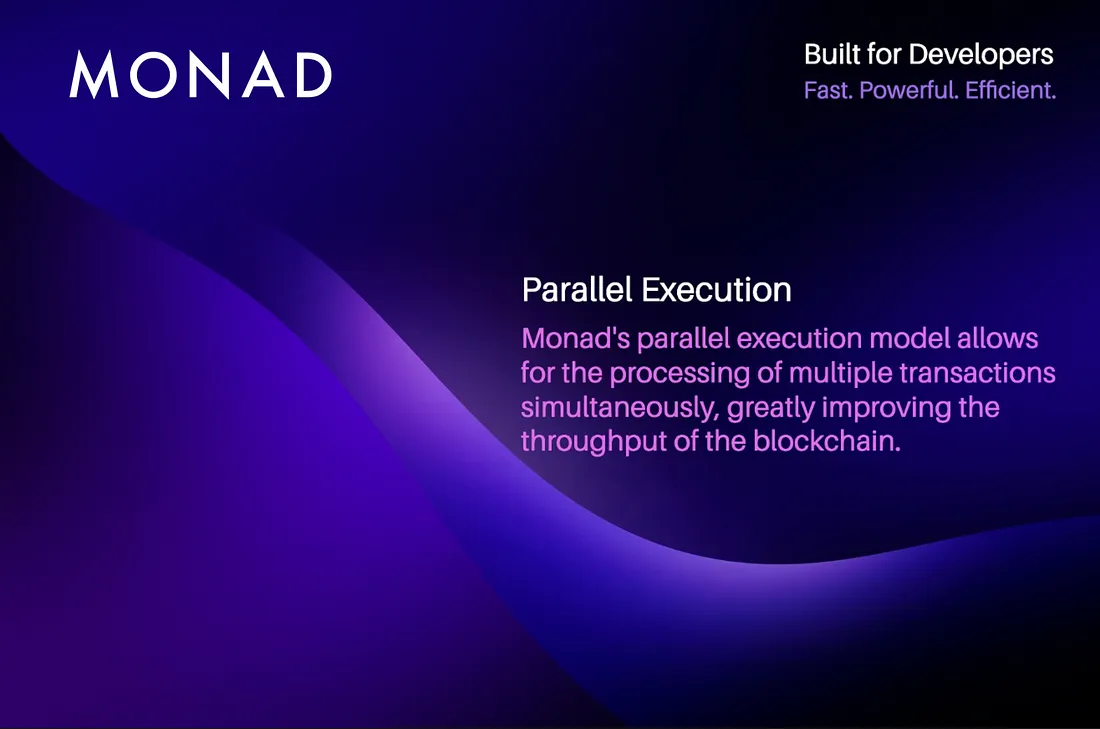
Enables Smoother, Faster User Experiences: With rapid finality and high throughput, users enjoy near-instant transaction confirmations, eliminating frustrating delays common on legacy EVM chains.
-
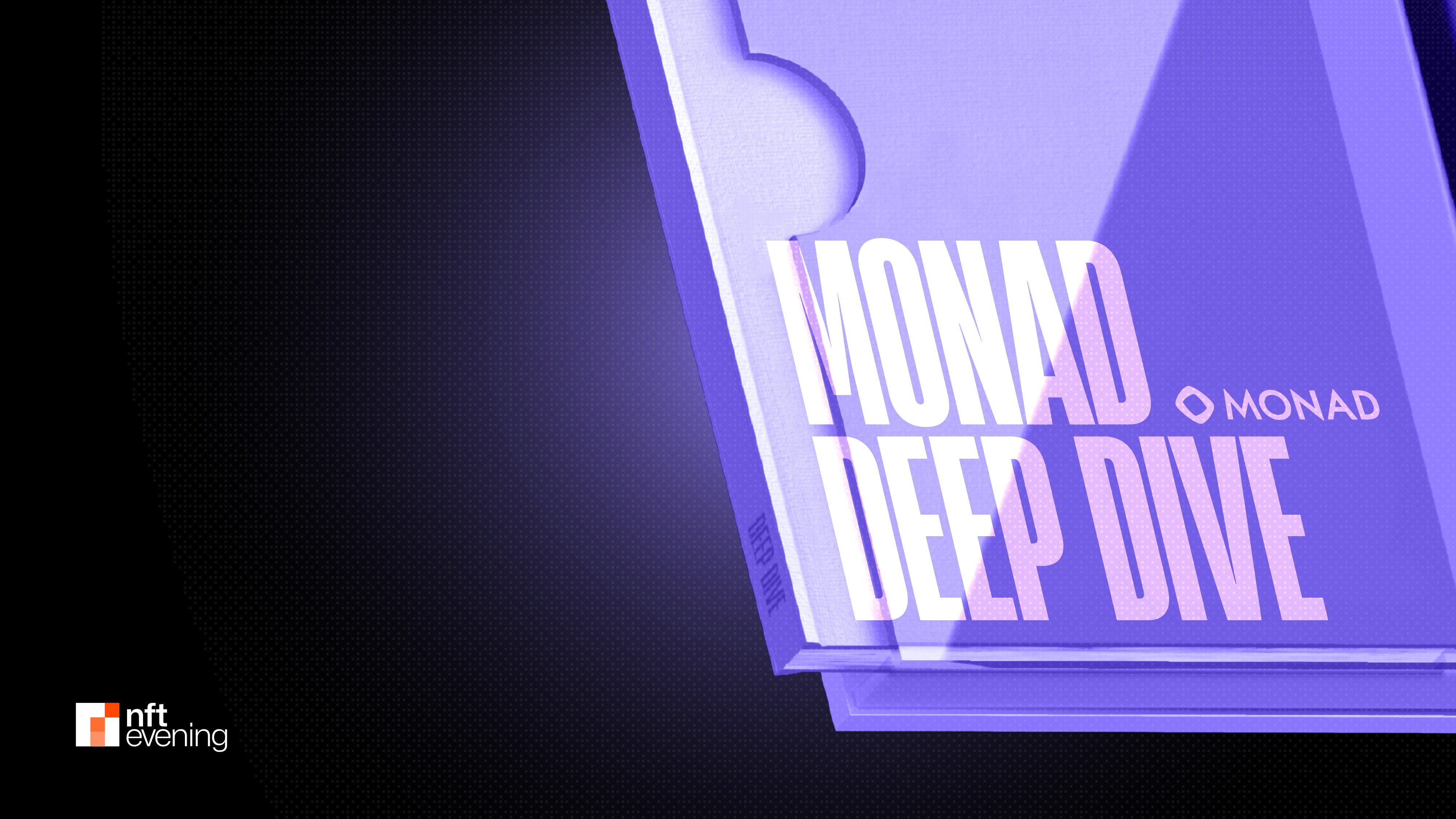
Supports Complex, High-Performance dApps: Developers can confidently launch DeFi protocols, NFT marketplaces, and GameFi platforms that require massive on-chain activity, knowing Monad’s architecture can handle surges in demand.
-
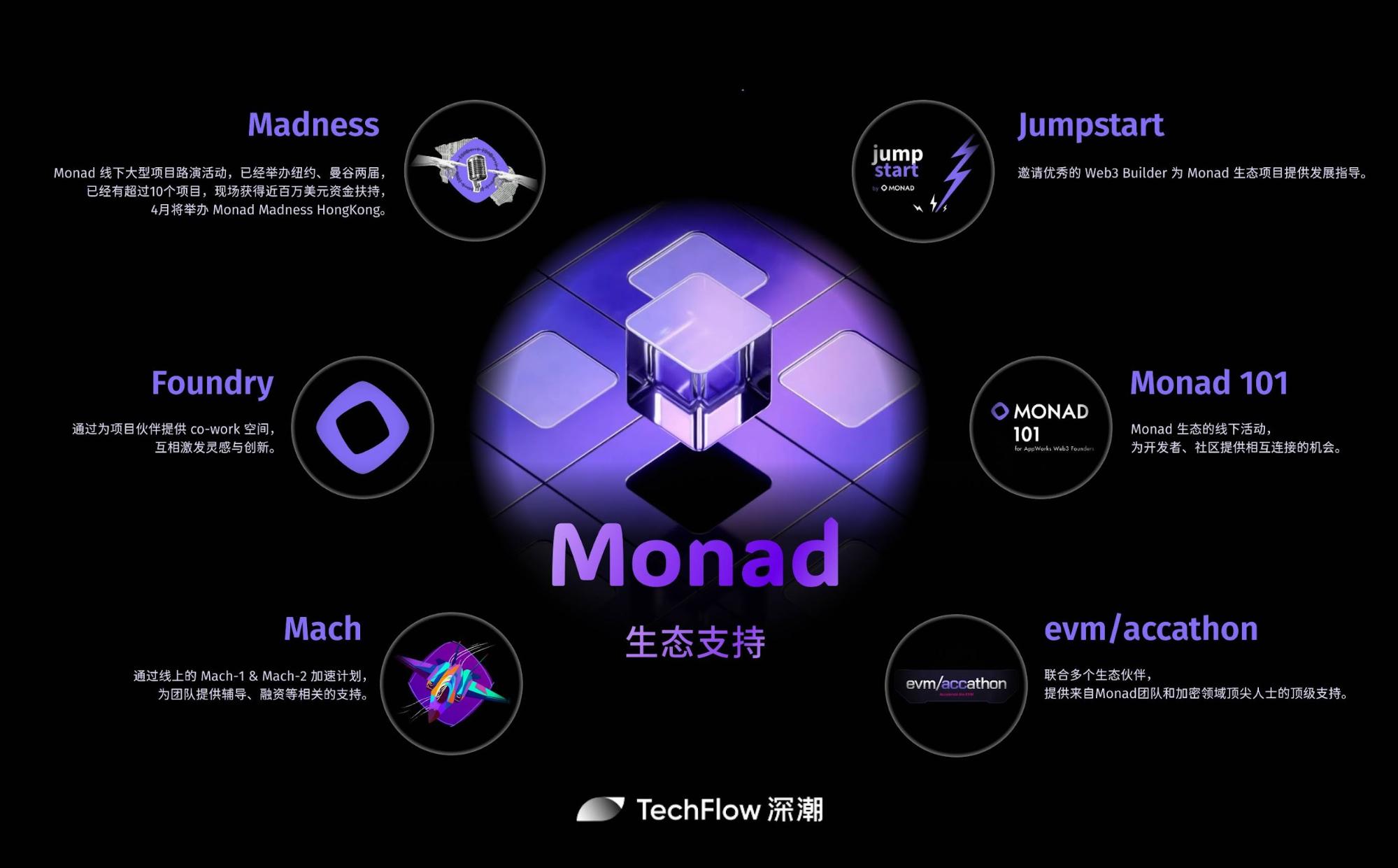
Maintains Full EVM Compatibility: Existing Ethereum tools, wallets, and smart contracts work seamlessly on Monad, making migration and onboarding frictionless for both developers and users.
-
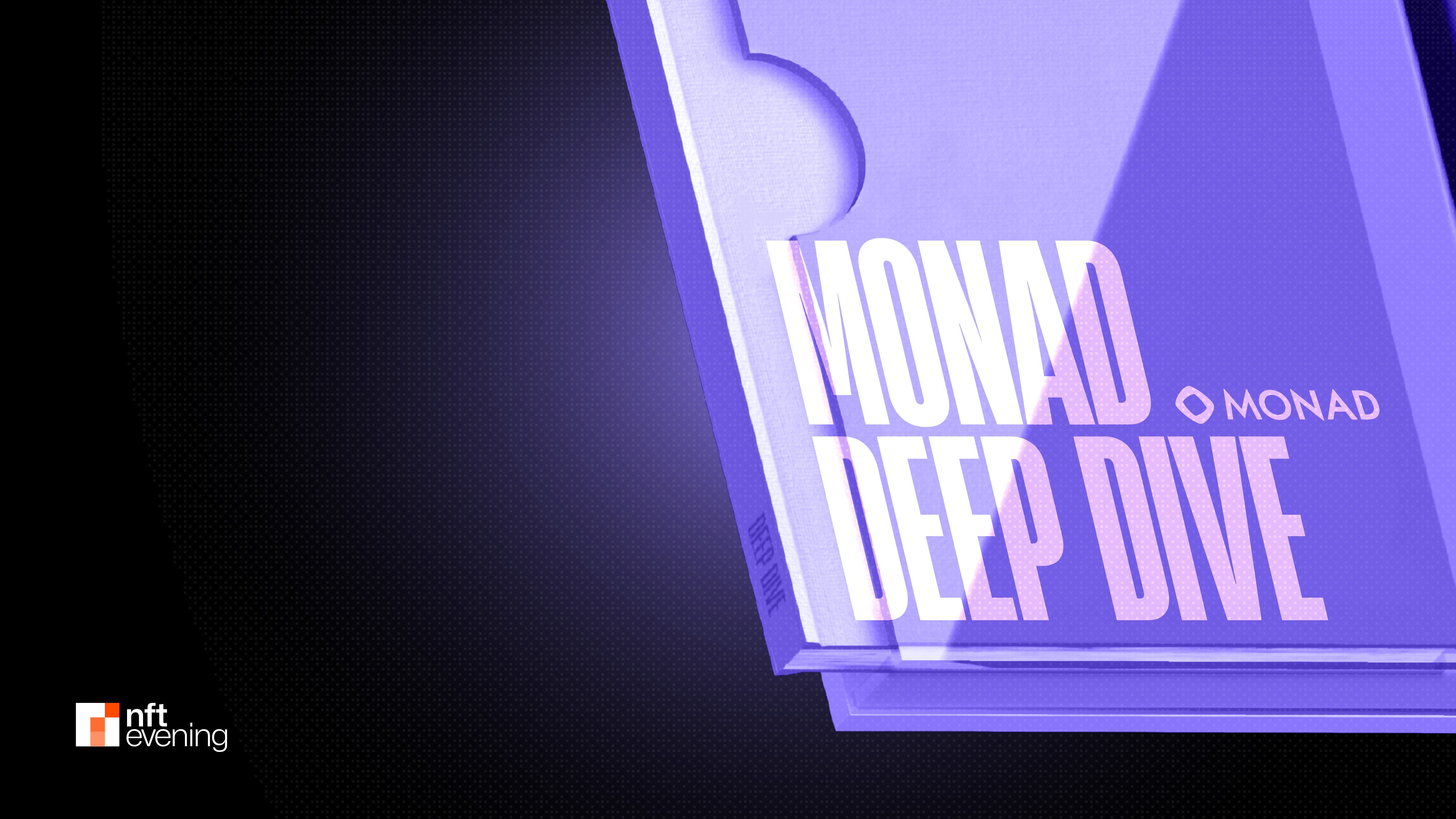
Reduces Gas Spikes and Network Congestion: By processing non-conflicting transactions in parallel, Monad minimizes congestion and unpredictable gas fees, creating a more stable environment for both dApp teams and their communities.
Unlocking New Use Cases: From DeFi to Gaming
With high-performance EVM chain architecture, Monad isn’t just chasing benchmarks, it’s enabling entirely new categories of decentralized applications. Imagine prediction markets that settle instantly, or multiplayer games where every move is on-chain with zero perceptible lag. For businesses looking to deploy at scale without sacrificing security or composability, Monad offers an unmatched foundation.
The data speaks for itself: up to 10,000 TPS, 1-second block finality, and full EVM compatibility. This makes Monad a compelling option for projects migrating from legacy chains or launching next-gen applications that demand both speed and reliability.
“Monad is the first time I’ve seen true parallel execution at this scale in an EVM-compatible environment. It opens doors for dApps that were simply impossible before. ”
Staying Ahead in Web3: Why Monad Matters Now
The race for scalable dApp infrastructure is heating up, and only those who leverage cutting-edge solutions like Monad EVM parallelization will stay ahead of the curve. As congestion continues to plague traditional networks, builders seeking low-latency UX and enterprise-grade throughput are already pivoting toward high-performance platforms like Monad.
If you’re serious about delivering seamless user experiences or scaling your protocol to millions of users, it’s time to rethink what you expect from an Ethereum-compatible blockchain. With its innovative approach to consensus, execution, and storage, Monad isn’t just keeping pace with demand, it’s setting the standard for what comes next in Web3 performance.
